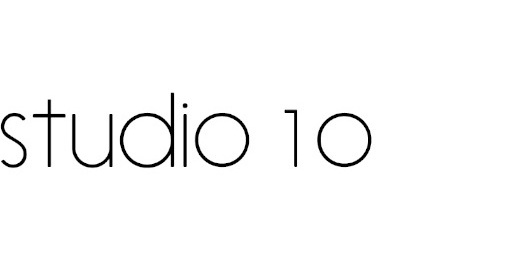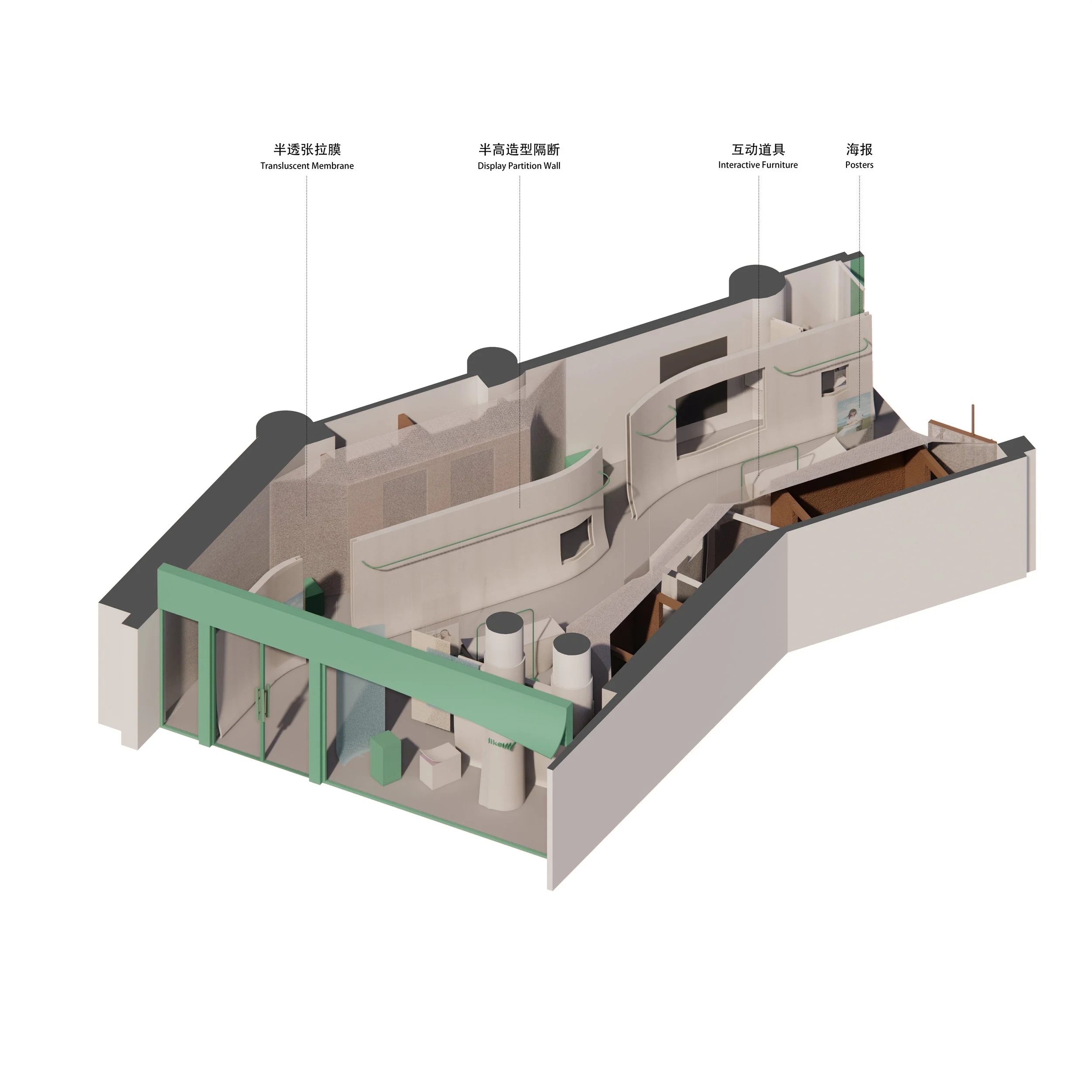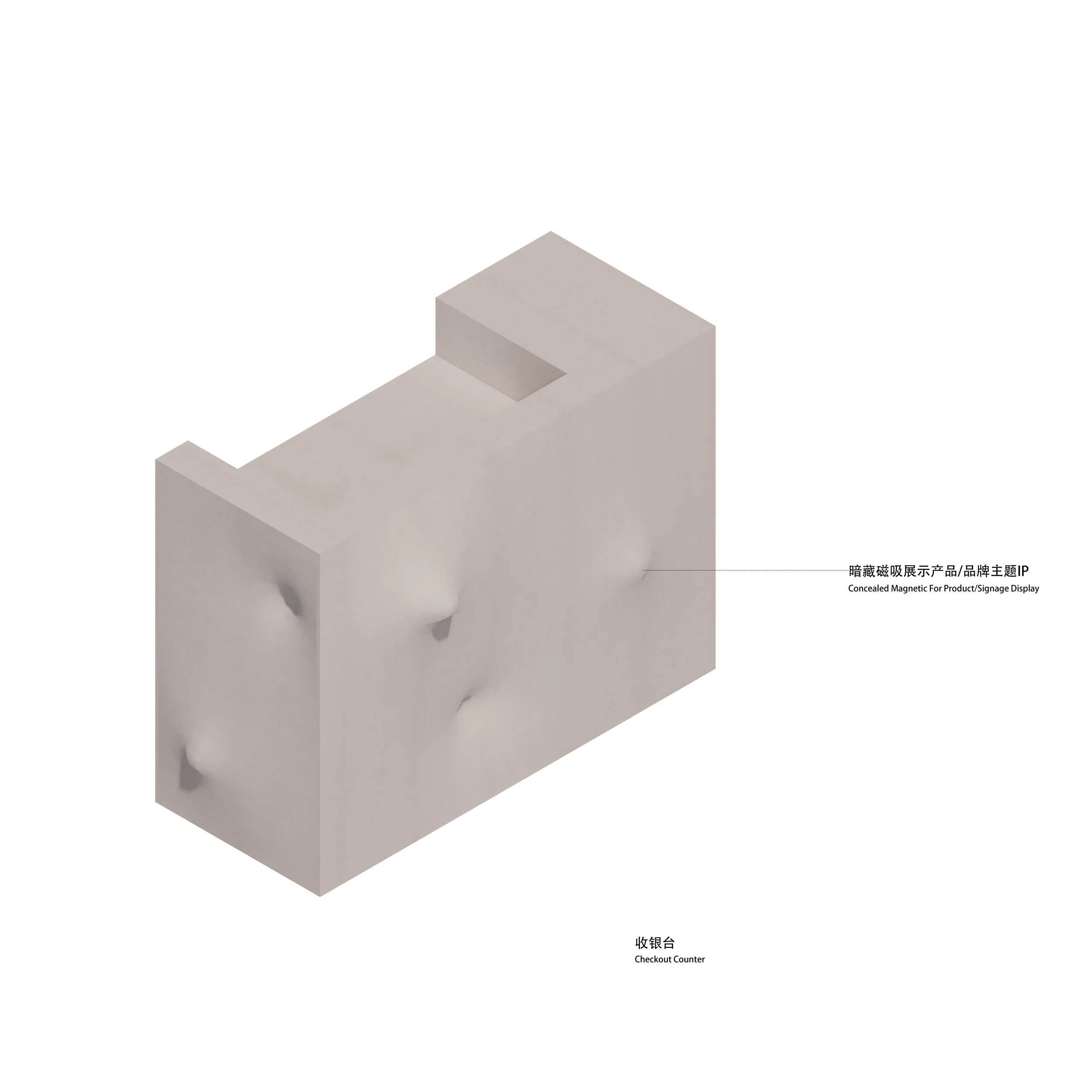likeuu Concept Exploration Center
likeuu概念探索中心空间设计


















Location: SOLANA, No. 6 Chaoyang Park Road, Chaoyang District, Beijing, China
Status: Completed April 2024
Gross Floor Area: 94 sqm
Owner: likeuu
Client: VVYY® Practice
Project Management: VVYY® Practice
Interior Design Consultant: Studio 10
Principal-in-charge: Shi Zhou
Design Team: Jingqi Qiu, Ziqi Wang, Liuqing Liu, Chunhui Mo, Thomas Jingwei Zhang, Mengqi Zhang, Yu Cai, Ruiyu Zhang, Jiaxiao Bao (Project Assistant)
Membranes Consultant: Serge Ferrari
Photographer: Chao Zhang
Studio 10 Wechat/Instagram: studio10design
项目地址:中国北京市朝阳区朝阳公园路6号蓝色港湾
完工时间:2024年4月
面积:94㎡
项目业主:Likeuu
空间创意及概念策划:友谊万岁®
项目设计管理:友谊万岁®
空间设计:Studio 10
主管合伙人:周实
设计团队:邱婧祺、王子琪、刘柳青、莫纯煇、张经纬、张孟琦、蔡瑜、张瑞羽、包嘉晓(项目助理)
膜布顾问:法拉利织物工业集团
摄影师:张超
Studio 10微信/ Instagram: studio10design
The core concept behind the design of the likeuu Concept Exploration Center is deeply rooted in the exploration of adolescent personality development and its characteristics. Drawing from Nietzsche's belief that adolescence is a crucial period for forming an independent personality and self-awareness, the center's design encourages teenagers to explore, experience, and question their identity and the world around them. The space design is a projection of this "ideal personality" trait and, through a multi-sensory experience involving visual and tactile elements, aims to help teenagers connect with their environment, sparking their curiosity and deep thinking about the relationship between appearance and essence.
The project emphasizes exploration and dialectical thinking, focusing on the dualities of the world. Concepts such as inside and outside, softness and hardness, stability and change, reality and illusion, smoothness and angularity, restriction and freedom are articulated through materials, forms, and structures, bringing these abstract, fluid ideas into the physical space.
The layout features open storefront windows and entrances at both ends, while the sides are solid walls. Enclosed spaces like fitting rooms and storage areas emerge from these walls, wrapped in semi-transparent tensioned membranes. This design allows the volumes and edges of the boxes to be faintly visible from the open space. The membrane also creates numerous semi-transparent, irregular transition spaces between the "boxes" and the walls, which can be used for displays. The outer membrane is soft and ambiguous, contrasting sharply with the hard, defined walls of the inner core objects. This contrast between the solid and the void encourages contemplation about appearance versus substance, and deepens the understanding of the dialectical relationship between restriction and freedom in personal growth.
Physical forms and materials are also paired in a defamiliarized manner. Exhibition walls, display tables, and column base appear soft, rounded, and flowing like fabric, contrasting with their actual hard fiberglass gypsum composition. The textures of the surfaces on these objects, both delicate and rough, create a strong contrast, illustrating the complexity and contradictions of the physical world and the potential disjunction between sensory perception and cognition.
The space uses an overall beige tone to highlight the geometric essence of objects and the colorful products on display. The brand's VI color occasionally peeks out from behind the semi-transparent membrane or from a corner of the display table and wall, acting as a subtle "hint" to stimulate curiosity and a desire to explore.
To balance the psychological and emotional needs of teenagers for internal self-awareness and external connections with family and friends, a "teenage fitting room" concept has been introduced in the store. Unlike traditional fitting rooms that directly connect to open public areas, these fitting rooms are further separated from the public areas by non-full-height exhibition walls, ensuring independence and privacy. The space behind these free-standing walls forms semi-private transitional areas where companions and parents can rest, encouraging their interaction with the teenager during the fitting process.
likeuu概念探索中心的空间设计核心理念源于对青少年人格形成及其特征的深入探讨。尼采认为青少年时期是形成独立个性和自我意识的关键时期,鼓励青少年通过探索、体验和质疑来认识自我和世界。探索中心的空间设计既是这种“理想人格”特质的投射,也通过视觉、触觉等多维感官体验,鼓励青少年建立自我和环境的链接,激发他们对事物表象和本质关系的好奇心和深入思考。
项目设计强调探索与思辨,围绕世界的二元对偶性展开,内与外、柔软与坚硬、固定与变化、实与虚、平滑与棱角、限制与自由等成对出现的、抽象而流动的理念通过材质、形态和结构表现,被“凝固”在物理空间中。
场地空间前后两端对外开放,设有橱窗和出入口,两侧则为实墙。试衣间、储物等围合空间体块从两侧的墙面生长出来,被固定于墙面的半透明张拉膜包裹住,身处开放空间时能隐约感受到膜布后盒子的体量和棱角。膜布在“盒子”与“盒子”、“盒子”与墙面间也通过张拉形成了许多半透明、不规则的灰空间,可用于对外展示。外层包裹的膜布柔软而暧昧,与坚硬且明确的“内核”房间实墙形成反差,虚实对比鼓励对表象和实质的探索、思考,也希望加深个体成长过程中对限制和自由这一辩证关系的理解。
空间内也对常见的物理形态和实现材料进行“陌生化”处理,展墙、展台和柱脚仿若织物般柔软、圆润、飘逸的形态与其坚硬的玻纤石膏材质形成“错位”,物体材质一体两面、细腻和粗粝的肌理质感也产生强烈反差,展示出物理世界的复杂性和矛盾性,以及感官和认知可能的错位。
米白色整体基调旨在突出物体体量的几何本质和色彩丰富的商品;局部在框架、道具位置点缀的品牌VI色偶尔从半透明的膜后隐约透出、或从道具掀开一角的造型中显露,起到“提示“作用,激发好奇心和探索欲。
为平衡青少年阶段对内自我意识的发展及对外与亲人、朋友的连结的心理和情感需求,likeuu空间中引入了“青少年试衣间”这一空间类型。区别于传统试衣间直接与公共区域相连的做法,青少年试衣间外设有半高展墙,保证青少年试衣间独立性和私密性,墙后自然形成半私密的过渡空间,便于同伴、家长休憩停留,鼓励青少年试衣期间的交流。






